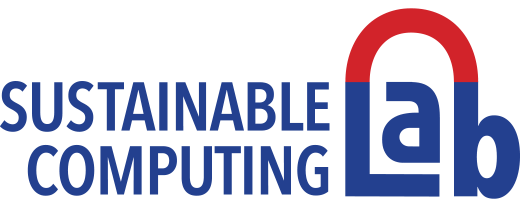
- This event has passed.
Data Privacy Controls and Vocabularies A W3C Workshop on Privacy and Linked Data
April 17, 2018 @ 8:00 am - April 18, 2018 @ 5:00 pm
The level of privacy and trust concerns has raised to a point where people start to refuse services. Services on the Web are often very complex orchestrations of cooperations between multiple actors. This will increase if the upcoming Internet of Things is taken into account. If the trust in such services is eroded, the growth of the Web and the growth of the digital economy is endangered. This workshop wants to address the privacy issue from the angle of data governance and transparency. And if transparency and data self determination are at stake, the challenge may also be how to convey the transparency to the user to allow for an informed self determination. This includes especially methods to generate and administer user consent, even in an IoT environment.
While the Workshop is open to a wide range of ideas, it is mainly inspired by the idea that today, we lack the tools for those wanting to be good citizens of the Web. It is related, but not limited to the work on Permissions and on Tracking protection. Because those permissions and tracking signals carry policy data, the systems have to react upon those signals. To react in a complex distributed system, the signals have to be understood by more than one implementer. The challenge is to identify the areas where such signals are needed for privacy or compliance and to make those signals interoperable. This can take the form taxonomies, vocabularies or ontologies. The most important challenge is to make policy and privacy signals interoperable and transportable within various systems, beyond the mere relation in a browsing context. In the era of upcoming privacy regulation with high fines, we need to make the data lake usable again while respecting the human user.
Because of the paradigm of data self determination, the challenge is bidirectional. Once the semantics of privacy or compliance are clear, this information also has to be presented to the user. On the Web, this is a challenge for the terminal equipment, including but not limited to browsers. E.g., the set of preferences offered to the user may vary with the capability of a service to accommodate those preferences. This needs signaling of the possible preferences (semantics) and a way to communicate the selection back. Such exchange can be protocol- or data driven. Where it is data driven, the policy semantics are transported over whatever channel is available, e.g. using linked data.
